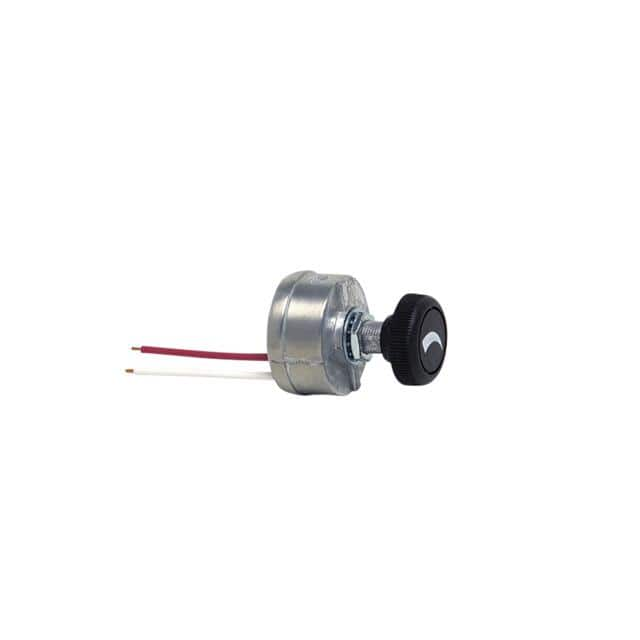
Littelfuse / Commercial Vehicle Products
Littelfuse provides essential components for a wide range of applications utilizing electrical energy, spanning from consumer electronics to automotive and industrial sectors. With an extensive portfolio of circuit protection products, they are recognized for their leading presence in the industry. Additionally, Littelfuse is actively diversifying into related markets as part of their strategic approach to foster organic growth and make strategic acquisitions. These new markets encompass power semiconductors, heavy-duty switches, magnetic, optical, electromechanical, and temperature sensors, as well as solutions for secure electrical power control and distribution.
Rotary Potentiometers, Rheostats
Results:
2
Series
Termination Style
Actuator Type
Mounting Type
Actuator Diameter
Bushing Thread
Index Stops
Current Rating (Amps)
Contact Finish
Built in Switch
Actuator Length
Number of Turns
Temperature Coefficient
Circuit per Deck
Voltage Rating - AC
Contact Material
Resistive Material
Resistance (Ohms)
Features
Adjustment Type
Number of Gangs
Number of Positions
Number of Poles per Deck
Tolerance
Angle of Throw
Rotation
Depth Behind Panel
Power (Watts)
Voltage Rating - DC
Contact Timing
Taper
Number of Decks
Results remaining:2
Applied Filters:
Littelfuse / Commercial Vehicle Products
About Rotary Potentiometers, Rheostats
A rotary potentiometer (pot) is a three-terminal device that utilizes a resistive element and a rotating contact to form an adjustable voltage divider. The resistive element is typically composed of a carbon film or metal wire, while the rotating contact is a metal wiper that moves along the resistive element's surface. By rotating the shaft connected to the wiper, users can adjust the position of the contact on the resistive element, thereby altering the output voltage according to their requirements. If only two terminals are used, connecting one end of the element with the adjustable contact, the potentiometer functions as a variable resistor or rheostat, allowing users to control the flow of current. When selecting a potentiometer, several factors must be considered. These include the resistance value of the resistive element, the degree of rotation/number of turns required for adjustment, the type of taper (linear or logarithmic), the power dissipation capability, the presence of ganged elements (multiple pots controlled simultaneously), the resistive material used, and the termination style for easy integration into the circuitry. Furthermore, some potentiometers come with built-in switch contacts, providing additional functionality for circuit control. The resistance value of the resistive element may range from a few ohms to several megaohms, depending on the specific application and requirements. The degree of rotation or number of turns required for adjustment varies based on the potentiometer's design and intended use. The type of taper used can be linear, where the resistance changes evenly throughout the rotation, or logarithmic, where the resistance varies exponentially. Power dissipation capabilities typically range from 0.1 watts to several watts, with higher power ratings allowing for greater control over high-current applications. Potentiometers can also be configured with ganged elements, where multiple pots are controlled simultaneously using a single adjustment knob or control. The resistive material used in potentiometers can vary, with carbon film and metal wire being the most common. Finally, termination styles may include through-hole, surface mount, or wire leads, depending on the user's preference and circuit requirements. Overall, potentiometers offer a versatile solution for various applications where precise voltage or current control is required. Their selection parameters allow users to choose the right potentiometer based on specific requirements such as resistance range, mechanical specifications, and electrical characteristics. With their adjustable nature and different configurations, potentiometers provide users with enhanced control and customization options for their electronic circuits.


